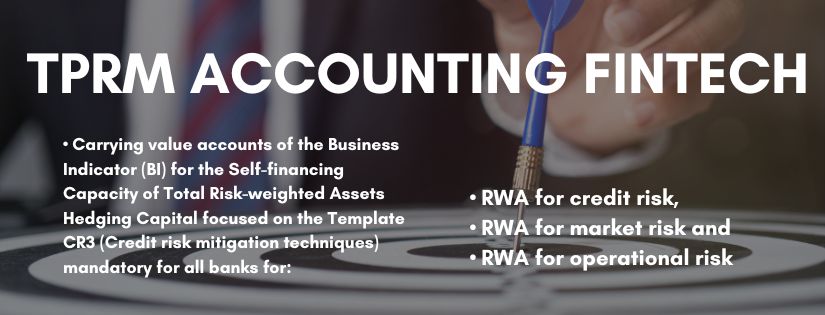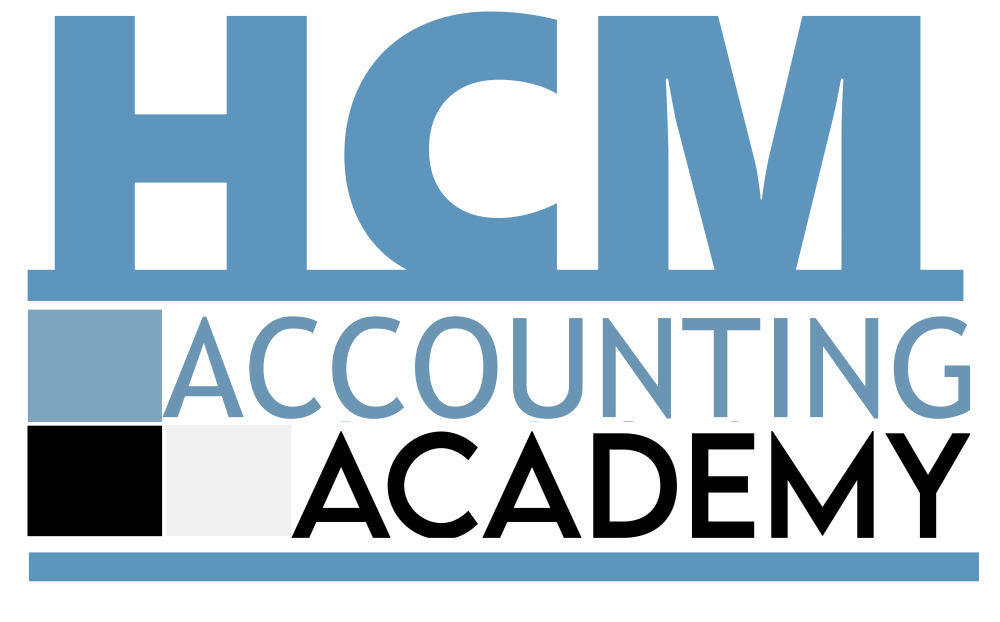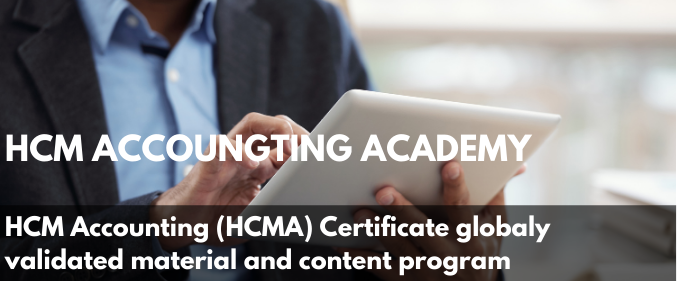
Your highly secure IT for Capital Adequacy Requirements (CAR) Carrying Value Accounts without changing anything to the existing.
____________________________________________
Even if the IRB is still provisionally approved, Update your internal financial performance interaction tools and skills as required for providing carrying value accounts (or book value accounts) of banks and third parties to comply with the CR3 Template (Credit risk mitigation techniques) mandatory for all banks and measuring the impact on budget deficits and Public Debt by migrating to Risk-based Capital's accounting and financial technology platform (standard approach) that empowers your internal team and automates interactions freeing you from the uncertainty of Internal ratings based (IRB) rates and scores.
The requirement to abandon the IRB approach (statistics and probabilities) inherited from Basel II which does not mitigate losses is explicit:

“Banks must include all CRM techniques used to reduce capital requirements and disclose all secured exposures, irrespective of whether the standardized or IRB approach is used for RWA calculation” (BCBS, DIS40 - Credit risk, effective as of: 01 Jan 2022).
The legal framework is that set on January 1, 2023, by the BCBS for the implementation of the final Basel III reforms, the transposition of which varies considerably on a worldwide scale from 2023-2024 for some countries such as Canada, Japan, Singapore, China and Hong Kong to 2025 for other countries including the EU, the United Kingdom and the United States.
More on disqualification of internal ratings-based (IRB) approaches
This is the Accounting Techniques Reference Portal for Driving the Self-Financing Capacity of Banks, i.e. Cash Surplus for Mitigating Bank Losses in conjunction with third parties.
You’re welcome for driving banks' 100% total hedging capital, i.e., of the perfect coverage of RWA of credit risk, RWA of market risk and RWA of operational risk of a position or a portfolio in liaison with third parties for the recognition of credit risk mitigation, such as collateral and guarantee (CRE 22) based on the standard approach, i.e., processes of Corporate Accounting, Cost Accounting or Management Accounting, of “identification, collection and treatment of internal loss data” to provide on each reporting date, the carrying value accounts relating to “the Business Indicator (BI) which is a financial-statement-based proxy for operational risk” (OPE25) to comply with the CR3 Template (Credit risk mitigation techniques) mandatory for all banks.

Regardless of BCBS jurisdiction (US or other), with TPRM Accounting Fintech Interaction, you anticipate and comply with the latest series of rules called the “Basel III endgame rule” focusing on the amount of capital that banks must hold to address the credit, operational and market risks of their business in relation to third parties in their banking pool.
Log in or open your account to access your Fintech platform for TPRM Accounting interaction as recommended by the FED's SR 23-4: Interagency Guidance on Third-Party Relationships: Risk Management guidance of June 7, 2023, for Sound Practices focused on Banking Risk Accounting and Counterparty Credit Risk which are essential to move away from IRBs approaches.
1. Programming your carrying value accounts based on cross-cutting interactions mobilizing your Total Paid Workforce or human capital as the driving force.
Log in for the carrying value contents of the forward-looking management accounts of template CR3 (Credit risk mitigation techniques): Request free access to Fintech SAF - V1

These are the processes of identification, collection and treatment of internal loss data that are essential prerequisites to capital calculation under the standardized approach for forward-looking management accounts to be programmed on a three-year plan to provide at each reporting date, the carrying value accounts of the Business Indicator (IB) which is a financial statement-based proxy for operational risk for the recognition of credit risk mitigation, such as guarantees and collateral (CRE22 - Standardized Approach).
2. Train and certify your internal team in automated interaction
Click for HCMA certificate order form
This is to update the interaction skills of your internal team by learning by doing in 90 days, each at their workstation: the software is free until the 1st quarter reporting.

(1) CEO for Board decision making system.
(2) CFO for internal financial performance coordination system.
(3) HRD for motivation data based on incentive paid mobilizing the total paid workforce on internal financial performance objectives considering the risk appetite threshold. HRD tasks include monitoring of psychosocial risks.
(4) Operational Managers (OM) and Heads of operational units for “identification, collection and processing of loss data” (OPE25) providing non-GAAP carrying values linked to the Business Indicator (BI) which is a financial-statement-based proxy for operational risk. OM interaction tasks include variable pay or incentive paid statements.
Elements to be considered for an overview.
These are what you must know for an overview of the micro and macro impact of your carrying value disclosed accounts for compliance with the CR3 Template (Credit risk mitigation techniques).
(1) What's so bad about Internal Ratings-Based (IRB) approaches ?

Inherited from stochastic approaches used under Basel II, IRBs contain the same shortcomings that caused the 2008 financial crisis. Even provisionally approved by the national supervisor, stochastic approaches based on statistics and probabilities do not generate cash surpluses from internal loss mitigation processes and remain factors of aggravation of expenses and losses since, randomly, without removing the bank from the uncertainty of its future accounting results , nor from the bankruptcy, both of the bank and of related third parties, 15% of the average turnover of the last 3 years is allocated to the coverage capital.
•See bank failures of 2023: Citizens Bank, Heartland Tri-State Bank, First Republic Bank, Signature Bank, and Silicon Valley Bank). See also the Deloitte Risk Advisory Nordics warning from July 2023.
(2) Impact on the strategic management of corporate income tax (CIT)
The reporting of the carrying value accounts of the CR3 Template (Credit risk mitigation techniques) provides Supervisors, in particular, central banks and corporate tax (IS) officials with the data that has been lacking until now in all countries for the programming and strategic management of deficits and public debt.

This avoids budget cuts and tax increases.
For example,
France, whose public debt as of September 27, 2024, according to INSEE is €3,228.4 billion (or 3, 530.58 billion USD), is struggling to find €60 billion to bring its deficit back to the 3% limit set by the European Commission. France is unaware that the banks' compliance with the carrying value accounts of the CR3 Template (Credit risk mitigation techniques) opens to the public treasury, considering the corporate tax rate of 25%, a margin of maneuverer for accounting result's Cash Surplus of $99,998,713,307.19 to be programmed on a 3-year plan (See book currently being published).
The compliance framework for French banks and third parties is governed from January 1, 2025, by the Directive adopted by the Council of the European Union, P9_TA (2024)0363, Wednesday April 24, 2024 - Strasbourg.
It is all the more urgent for France to accelerate the compliance of banks and third parties of banking pools with the CR3 Template governed by the European directive in force from January 1, 2025 that the In order to finance its expenses and renew its previous debts, on the sidelines of the presentation of the budget for 2025 by the government, the Agency France Trésor (AFT) revealed that France would have to raise a record amount of 300 billion euros (or 328 billion USD) in 2025 to finance its expenses and renew its previous debts (Capital with AFP, published on 10/10/2024).

(3) Outlook for micro and macro benefits as banks and third parties move away from random IRB-based approaches, even if approved
This data is taken from the book currently being published. This book provides for 185 countries, the data to answer the question that deficit avoidance and public debt mitigation managers, including central banks and supervisors, should ask themselves for monitoring policies:
- How much does the public treasury benefit from the Template CR3 of Credit risk mitigation techniques mandatory for all banks and third parties of a banking pool to provide carrying value accounts linked to the Business Indicator (BI) which is a financial-statement-based proxy for operational risk ?
3.1/ At the micro bank level for "On-balance sheet netting" under paragraph 22.68 of CRE22,
- Pool 1 bank saw its total unencumbered cash accounts (Bank EC + Customer EC) increase from "$0" before OPE25 to $9,685,274,442 after OPE25.
- Pool 2 bank saw its total unencumbered cash accounts (Bank EC + Customer EC) increase from "$0" before OPE25 to $8,303,585,037 after OPE25.
- Pool 3 bank saw its total unencumbered cash accounts (Bank EC + Customer EC) increase from "$0" before OPE25 to $8,499,635,572.
3.2/ At the macro level.
A/ At the macro level of developed countries
- The results and impact data to be programmed and planned for the prospective and strategic management of deficit and public debt mitigation is particularly significant.
If we take the United States for example, we see that the USA has $450,147,106,579.58 in accounting results as cash surplus to be programmed on a three-year plan to mitigate deficits and absorb public debt based on the cash surplus of the Risk-Weighted Assets (RWAs) of the Bank Pools.
-Expected impact on the US Public Debt: the rate of the US public debt compared to the cash surplus (CS) of the accounting result of the three-year recovery plan of the RWA of the banking pools is 6.86%.
-This gives the United States on the tax rate of 21% a margin of absorption of its public debt with 30% of the CS programmed the 1st year, or $135,044,131,973.87, for the 2nd year 60% of the CS programmed, or $270,088,263,947.75 and for the 3rd year 100% of the CS programmed, or $450,147,106,579.58.
B/ At the macro level of developing countries.
- The results and impact data to be programmed and planned for the prospective and strategic management of deficit and public debt mitigation is also particularly significant.
If we take China for example, we see that China has $2,448,502,666,135.83 of accounting results in excess cash to be programmed on a three-year plan to mitigate deficits and absorb public debt based on the excess cash of risk-weighted assets (RWA) of banking pools.
- Expected impact on Chinese Public Debt: the ratio of Chinese public debt to the cash surplus (CS) of the accounting result of the three-year plan for the recovery of RWAs of banking pools is 0.56%.
- This gives China on the tax rate of 25% a margin of absorption of its public debt with 30% of the CS programmed in the 1st year, or $734,550,799,840.75, for the 2nd year 60% of the CS programmed, or $1,469,101,599,681.50 and for the 3rd year 100% of the CS programmed, or $2,448,502,666,135.8.

(4) Legal framework to abandon random Internal Ratings-Based (IRB) approaches for an accounting system
Compliance falls within your legal framework set on January 1, 2023, by the BCBS (CRE22 - Standardized approach: credit risk mitigation) for the implementation of the final Basel III reforms, the transposition of which varies considerably on a worldwide scale from 2023-2024 for some countries such as Canada, Japan, Singapore, China and Hong Kong to January 1, 2025 for other countries including the EU, the United Kingdom and July 1, 2025 the United States.
See details below:

Moody's Recap: https://www.moodys.com/web/en/us/insights/regulatory-news/implementation-status-of-final-basel-iii-reforms-varies-across-globe.html
Click here for the full country table : https://www.fsb.org/uploads/P111023.pdf#page=36
H. Formalize your orders for pro-forma invoicing
What we do
- Overview of the leverage effect
- Financial profit linked to two legal constraints
- Mitigating investor risk
- Overview of country laws
- Our leadership credentials
- What gaps in your EFPS are filled by connecting your internal team to this portal?
- What doesn't management accounting do?
- What is the harm when the EFPS has deficiencies in non-linkage to financial information?
- What are the truly unique means that this portal provides you to take the EFPS compliance milestone?
- Area of expertise not to be confused with APMs
- Interaction features
- Published supporting book
- Access the demo
- Starting point
- Step 2. Operational interactions
- Q1 adjusting skills
- Economic capital (EC) allocation rate
- Significance of recoverable losses
- Extra-financial reporting
- HCM Accounting area of competence
Access to your courses
- Enroll Now
- Order a Package to be paid by the Employer
- New Trainee
- My Paid HCMA course account
- My Completed HCMA course
- Demo operating rule
- Opportunity
- Fintech SAF for ESG reporting in line with cost-benefit and HR commitment requirements
- Non-compliance of non-GAAP reporting provided to investors including Forward-looking Statements
- 12. Download Customer support Material
- 11. What will you learn by training the internal team?
- FinTech SAF Digital One-Stop Shop Reference Book
- 10• Why train the Internal Team to perform Template CR3 Mandatory for All banks?
7 Things You Need to Know
- (9) Beyond Micro, Measuring with Supervisory Bodies the TEMPLATE CR3 accounts Impact on Public Debt.
- Learning objective in university-industry interface
- Expected impact on cash flow and total employee commitment, whether they work on site or remotely
- Knowledge and know-how support to cross the milestone
- Impact of HCAV accounts on countries' GDP growth rate
- Regulations to comply with
- HCM accounting Lab
- HCM Academy Background
- Business objectives to achieve
- Our Exceptional Competitive Networking Position
- The best start-up offers based on the training Program with the University of San Francisco.
- Total paid workforce interaction training requirement (BCBS, Dec. 2017)
- Highlights of TPRM accounting interaction Fintech for Template CR3
- DEMO of the impact of the Reference Guide to be attached to the financing agreement
- Treasury TPRM Accounts Mitigating Public Debt Considering the Role of the IMF
- Reference Guide to be attached to Micro financing contracts
- (9) Interaction fintech is not subject to an authorization license.
Legal notice
- Lelecorp's Terms & Conditions
- Lelecorp privacy policy
- Education Partner Agreement terms and conditions
- Marketing and Sales Affiliate Program Agreement
- Contact
- Mailing list form
- HCMA Courses and skills overview
- Other main publications
- Request an Estimate of the Cost and Employer Gain Plan
- Thank you
- HCM Accounting Technology
- Unsubscribe from Email Alerts
- Request for the Sustainability Accounting FinTech (SAF) Catalog
- Message: Sustainability Accounting FinTech (SAF) Catalog
- More on disqualification of internal ratings-based (IRB) approaches







